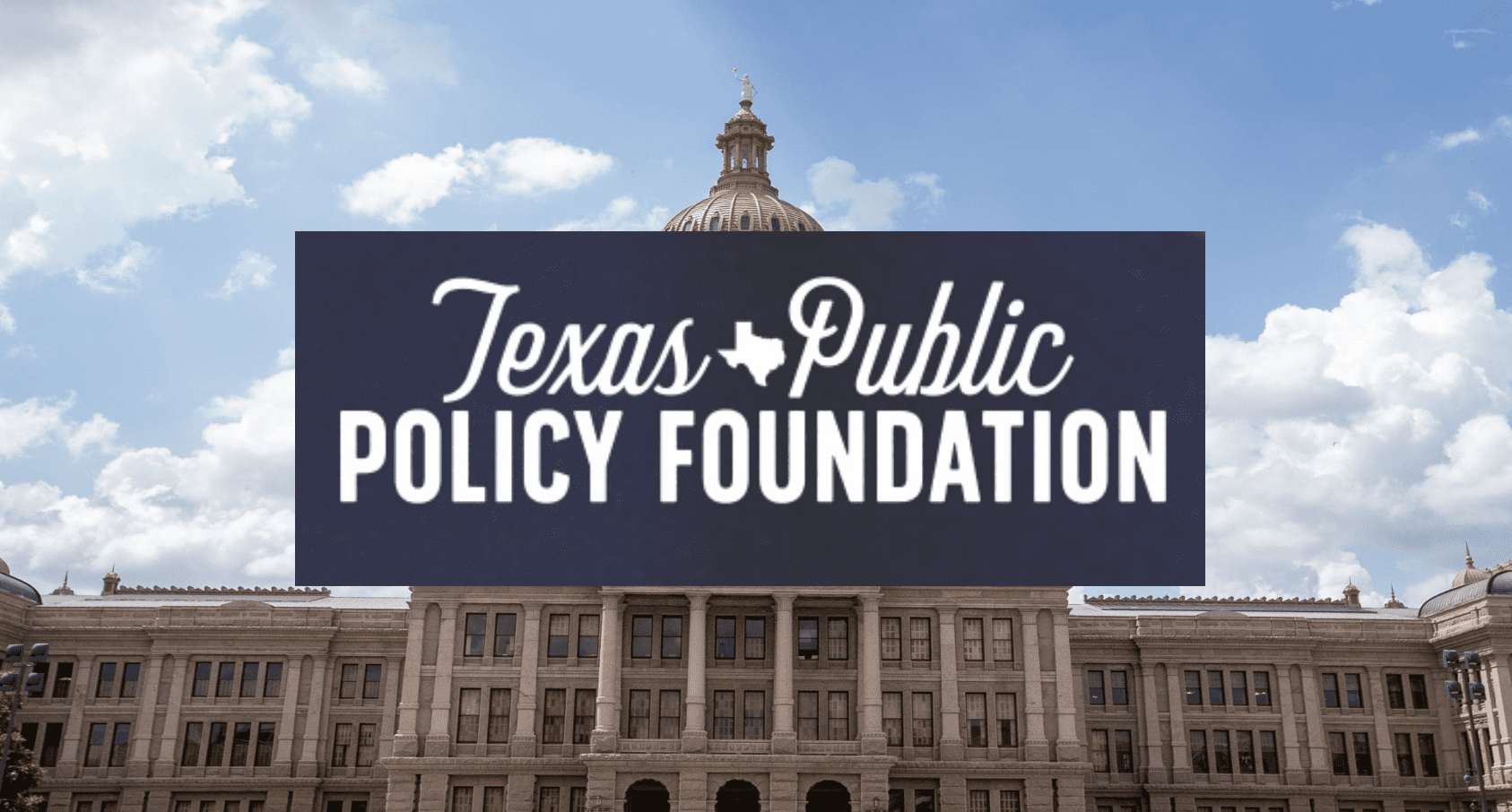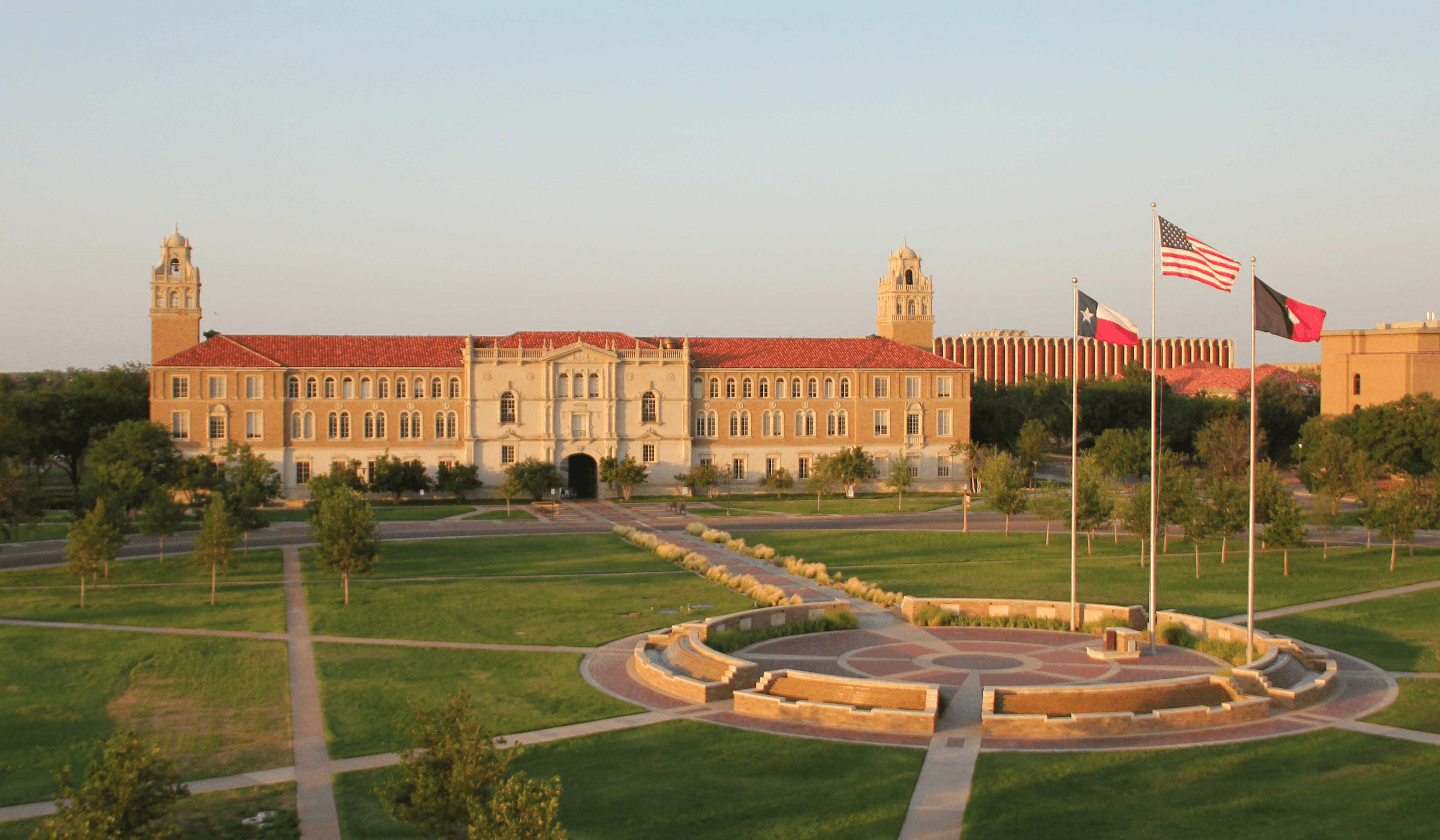Last night’s passage of HB 1025 and SJR 1 signal the “budget deal” has now been set in motion. In light of both chamber’s agreement to pull down nearly $4 billion from the Rainy Day Fund, members should take a moment to review why the RDF was created in the first place. (Hint: it wasn’t for extra spending.)
The Legislature took the first steps in their parliamentary tango to pass the budget last night. Budget conferees and leaders of both chambers had finally come to an agreement to amend SJR 1 to only include a constitutional water fund, of which HB 1025 (an amended supplemental appropriations bill) would fill with $2 billion from the RDF if voters approved the new water fund in November.
With both bills finally passed both chambers are expected to take up the budget in its most current form in the next few days to agree to changes made by the conferees.
All told, HB 1025 includes a $4 billion drawdown from the RDF. In addition to the $2 billion for water for the upcoming biennium, a little less than $2 billion will also be appropriated for this current biennium to shore-up some fiscal deferrals, among other things.
The RDF only has roughly $8 billion in it today. At the end of the current biennium (Aug. 31, 2013) when the first $2 billion is spent, it will bring the balance down to roughly $6 billion. The comptroller will then transfer an estimated $2 billion of new revenue into the RDF after Thanksgiving, around the same time the $2 billion for water will be spent. That leaves only a $6 billion balance heading into the upcoming biennium—about $1.5 billion short of what many estimate will be needed to preserve Texas’ AAA bond rating.
If all that sounds complicated, it’s because it is complicated. But here’s the gist of why taxpayers should be concerned that the Legislature is spending any money from the RDF this session:
In 1988, the voters of Texas approved the constitutional amendment creating the “Rainy Day” fund. The language on the ballot described the fund as “an economic stabilization fund in the state treasury to be used to offset unforeseen shortfalls in revenue.”
They didn’t approve a fund to be used for extra spending to serve as the principal of a revolving loan fund. They didn’t approve a fund to be used to make “investments” with new programs for recurring expenses.
No, they approved a fund to be used when there’s a shortfall in revenue. And is most certainly no shortfall in revenue for the upcoming biennium.
In fact, the Treasury will be filled with an estimated $13 billion of additional general revenue for the upcoming budget cycle than what was appropriated for the budget cycle we’re currently in. $8 billion of that was extra money that the state didn’t anticipate generating two years ago.
Let me repeat that: There is $13 billion of additional general revenue sitting in the state treasury than two years prior. But that wasn’t enough to satisfy the Legislature’s appetite for more spending. They say they need $4 billion more from a fund constitutionally created to backfill budget shortfalls.
There are many aspects of the current version of the budget that should be of serious concern to voters (like throwing $4 billion extra into public education to appease Democrats, the lack of substantial tax relief, a pension increase for legislators… etc.). Arguably the biggest though is the reckless disregard for the original purpose of the Rainy Day Fund.
Legislators should hit the reset button and pass a better budget in a special session. Getting it right is far more important than just getting it done.





